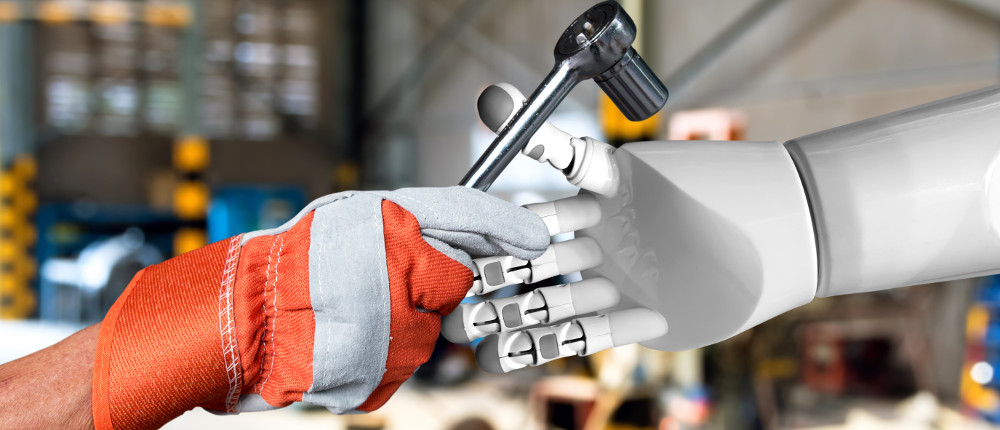Extraordinary Remote Service Management through IIoT
We’ve all heard about helicopter parents. You know, that mom or dad that keeps hovering over their child, choosing their clothes and their friends, checking out their Facebook pages, watching their every move. Hey, after all, they’ve invested a lot of time and money into their offspring, and they aren’t going to just let those kids go out on their own and mess things up, right?
While that might not be the best parenting model for human children, it may transfer well to physical products—particularly expensive, complicated products like machine tools. Builders of industrial equipment are often responsible, by choice or by contract, for the performance and maintenance of their machinery for years after the sale. Mechanical failure is not an option for an assembly line whose down-time costs can be in the tens of thousands of dollars per minute. More and more customers buying equipment are looking for 24/7 monitoring and remote service management. And more and more vendors and OEMs are turning to the Industrial IoT (IIoT) for solutions.
With or without IIoT?
Consider the options. Without the IIoT, a lot of time gets wasted between the detection of a problem and a repair. The company calls the vendor, who sends out a rep to inspect. The rep then processes a work order, which may require a second visit by someone with the right skills, tools, and parts to make the repair. The whole process can take hours, even days, while the machine, and sometimes the whole line, sits idle.
With the IIoT, the vendor or OEM maintains a full-time connection to the machine, and can continuously monitor every aspect of its health, such as operating temperatures, abnormal vibrations, fluid levels, and so on, via the web. Before a problem is even noticed by an operator, the vendor can detect an irregularity, assess the situation, manage a work order, and send out repair personnel right away. Sometimes they can even make the repair remotely, without any on-site visit at all.
“OEMs tell ARC that 30 percent or more of the repairs can be made via the web by modifying parameters remotely or with minor assistance by an onsite person,” says Ralph Rio of ARC Advisory Group in a recent article, How IIoT Improves Field Service Management KPIs.
Extraordinary service
The IIoT makes an extraordinary level of service possible. But it’s not just any IoT platform that will be so helpful. Giving a vendor access to a piece of equipment inside a plant requires deep trust. The connection needs to be secure. Within that secure connection, the vendor should not have access to the whole plant network, just to the data. And then, to modify a parameter or change a machine set point requires bidirectional data flow.
Many IoT platforms offer Internet connections, but few of them can securely connect into an industrial plant without opening a firewall. Among those that can, many rely on VPN technology, which opens the whole plant network to the vendor. Of those that are able to make a connection without a VPN and still keep all firewalls closed, most are offering only one-way data flow, from the plant to the cloud. It takes an extraordinary service to provide what Ralph Rio is talking about: the ability to modify parameters remotely, and do it securely. It is exactly this extraordinary level of service that SkkyHub offers. For those vendors and OEMs that want supervisory control over their offspring—their products—this is the kind of remote service management that works best.





